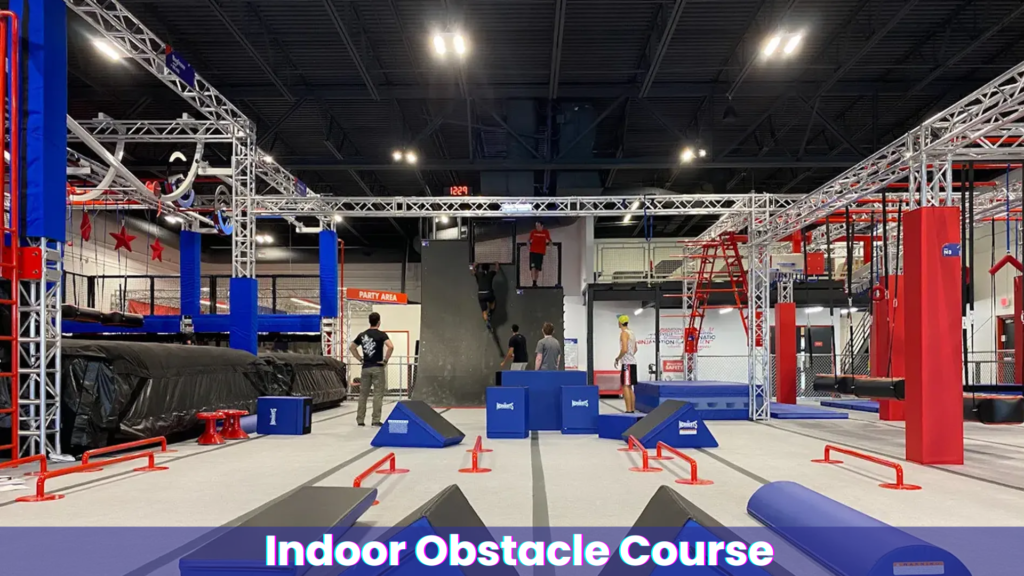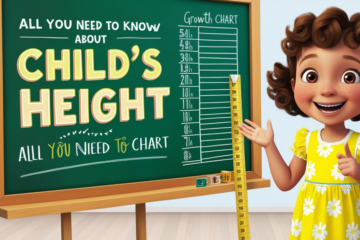Greetings! How can kids stay active at home in 2025? It is 2025: It has emerged that children’s physical activity is now an indispensable indoor concept. With the increasing number of children entertained by electronic gadgets most of their time, parents and caregivers are concerned about healthy children.
Well, you’re not alone! The following is the breakdown of 10 fun ways to keep kids active in this article that will effectively teach them basic physical skills.
Let’s dive in!
Table of Contents
Indoor Obstacle Course

Adding an indoor physical challenge course is one of the most fun and invigorating activities you can do with children. You can simply take pillows, chairs, and blankets from your home, and they are sure to enjoy it as you run over barriers, crawl, balance, and get to the end line. The instructor can also try to modify this activity to capture all children depending on their age and physical fitness.
Why it’s effective
Improves strength and flexibility: Playing over the pillows and table, crawling, and jumping over the cushions have been regarded as important activities because they help develop good muscle tone and flexibility.
- Pro Tip: Lastly, add a timer to increase the aspect of challenge amongst the siblings.
- Enhances coordination: Children have to maneuver through it while at it, which improves their hand-eye coordination and balance.
Dance Party
As seen above, dance parties are one of the best strategies for fun and fitness exercises. Now turn up some music with some energy and let the kids go absolutely wild and crazy with it! Not only is this helpful in letting them run off unwanted energy, but it is also a great exercise for developing better coordination and rhythmic movements.
Why it’s effective
- Pro Tip: To make it fun, it could involve drumming, karaoke, dancing or moving to songs and the beat, doing dance challenges, or following a video showing the dance moves.
- Cardiovascular health: Dancing is a good exercise that increases the heart rate and thus the endurance limit.
- Creativity and expression: Actual movement in action facilitates creativity in learning and personal self-expression for the children in dance.
Yoga for Kids
Yoga has gained much attention in recent years, and it’s not only for adults. Yoga classes and exercises for children are created to enhance their flexibility, strength, and psychic features.
Why it’s effective
- Pro Tip: Select sites that present entertaining and child-appropriate movements intended for yoga exercise. Oh yes, you can engage your child in a family yoga session if that is your intention at a given point in time.
- Improves flexibility and strength: Most yoga exercises involve the provision of steady object support or otherwise require steadiness and elongation of muscles among kids, which in one way enhances muscular development.
- Promotes mental health: Yoga provides awareness and relaxation methods to help children reduce stress.
Balloon Volleyball
Balloon volleyball is actually a form of volleyball which can also be played inside the house. The ball is substituted by the balloon and on the other side of the piece of string or tape arranged in the form of a net the kids hit the balloon. This game also assists to improve the pediatric hand-eye coordination, his/her reaction time and his/her physical development.
Why it’s effective
- Pro Tip: Develop a competition for children and be consistent with the score to encourage children.
- Promotes coordination: Because balloons do not bounce like a regular ball, children are able to pay more attention to the time and place of contact.
- Improves reaction time: When combined with run-management skills, playing balloon volleyball inculcates a critical aspect of fast decision-making in children.
Hopscotch
Such traditional and easily familiar games like hopscotch can be played outdoors, although you can also try playing it indoors if you have access to chalk or a roll of painter’s tape. This basic game assists each child to jump, hop and balance and so as a consequence great lower body exercise is provided to the children.
Why it’s effective
- Pro Tip: Vary it up using squares of different colors, or insist that the children jump with a certain part of the body (e.g., on one leg).
- Builds lower body strength: In hopscotch, children bend and stretch their legs while balancing, which gives the leg and core muscles a good workout.
- Improves balance and coordination: Children should focus on the movements to maneuver with the squares appropriately.
- The following video explain about: Hopscotch
Simon Says
While it is fast losing its appeal, this game could be as beneficial in ensuring children exercise. In “Simon Says,” followed commands, which sometimes are associated with various movements, including jumping, running in place, or stretching. Some teachers prefer using it because it is entertaining and helps children listen, and not to mention it helps them stand while doing so.
Why it’s effective
- Pro Tip: Use your imagination when assigning tasks such as “Simon says, perform the robot” and “Simon says, hop like a kangaroo.”
- Improves listening skills: It becomes very hard for kids as they have to be very keen when responding to avoid the wrong instruction.
- Encourages full-body movement: The game ensures that children make different movements, thus improving their flexibility and agility.
Tug of War
Tug of War is a very straightforward yet efficient means of ensuring children are involved in physical activity and other benefits. It is not necessary to have a big area—a rope or even a towel will suffice. It is good exercise and helps teach children about working together and even competing in a friendly manner.
Why it’s effective
- Pro Tip: To make it possible to do it indoors, have the kids pull against any firm point or use a heavier object (like a chair) for support.
- Strengthens muscles: The game involves children using their arms and abdominal muscles to pull against the other side.
- Teaches teamwork: It may be challenging for kids to cooperate, but it’s fun for siblings or groups.
Scavenger Hunt
A scavenger hunt is a great way to observe problem-solving while incorporating a physical and fun component. For instance, you may have your children search for objects hidden somewhere within the house. This will make the hunt more physical by demanding some activities or quests from them when they find every item.
Why it’s effective
- Pro Tip: Combine the time challenges or create new ones, such as animal or nature-related hunts.
- Encourages movement and exploration: Children will bend and extend their limbs in every direction to find something, and they will run or crawl to get an object.
- Boosts problem-solving skills: While attempting to solve clues, children also exercise their brains, and as we know, any exercise can help enhance cognitive ability.
Interactive Fitness Apps

There are many fitness apps designed specifically for kids, with fun, interactive workouts that make staying active feel like playing a game. Apps like “Sorkin Kids” and “Gongoozle” feature fun exercises that engage kids in physical activity while providing entertainment and fitness benefits.
- Pro Tip: Use exercise applications to create a short workout plan for children to follow each day.
- Why it’s effective: It’s a gamification of fitness. Some apps allow users to convert their routine exercise regime into enjoyable games for kids.
- Guided exercises: These applications allow professional instructions that help children do the exercises well.
Conclusion
Staying active at home in 2025 is no longer a problem for children. There are lots of ideas that parents and kids can do, from indoor physical challenges to exercise games on phones and tablets. All these activities are also intellectually and emotionally advantageous and thus recommended for your child.
It is, therefore, important to include some sort of activity regimen for your child to help them grow stronger, more flexible, better coordinated, and more alert. The kind of exercises that are offered ensure that parents keep their children active. This can be done at home without anyone having to leave the compound.
FAQs
1.What are some fun activities to prevent kids from being idle indoors?
Examples of simple activities include indoor relay races, yoga, and dancing: Freeze, Simon Says, Hopscotch, and others.
2.What amount of PA should be achieved daily among children and youths?
The CDC recommends at least 60 minutes of physical activity daily for children between the ages of 6 and 17.
3.Does outdoor play have any advantages for children?
Health activities such as running, playing catch, or cycling also create an extra advantage in that they are conducted in outside environments, and therefore, they get
benefits such as freeness of air and natural surroundings.
4.How can I get my kids to practice without insisting that they do so?
Be sure to help the child link what you are doing to the particular activity, and try not to make it boring. As we know, children like to do the activity, have fun and look forward to doing it again.




